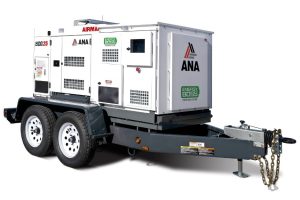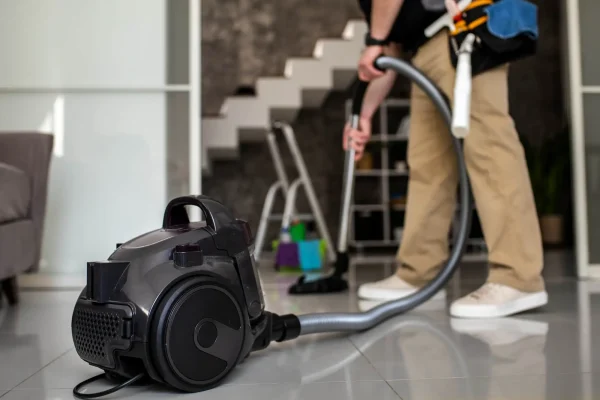Personal protective equipment (PPE) is critical when encountering hazardous materials. The risks of handling toxic or reactive substances from chemical decontamination and spills require strict adherence to safety procedures and the use of appropriate gear. Without the proper PPE, even minor exposure can result in serious injury or long-term health consequences. This guide outlines how PPE maintains safety during chemical decontamination operations.
Understanding the Hazards of Chemical Spills
A chemical spill can release harmful vapours, corrosive liquids, or reactive solids that threaten human health and the environment. Depending on the substance, exposure risks include respiratory irritation, skin burns, eye damage, and systemic toxicity. In enclosed or poorly ventilated areas, these risks increase significantly. Immediate action is necessary to control the release and prevent further spread.
The clean-up process must be planned and executed with precision. Workers must assess the type and volume of the chemical, its reactivity, and the surrounding environment. These factors determine the level of PPE required and influence the choice of containment and neutralisation methods. Without appropriate PPE, responders face direct exposure during the assessment, containment, and decontamination stages.
Key PPE Required for Chemical Decontamination
Different types of PPE are used depending on the nature of the chemical and the severity of the spill. The minimum requirements often include chemical-resistant gloves, safety goggles or face shields, and impermeable suits that prevent skin contact. In high-risk situations, full-body suits with self-contained breathing apparatus (SCBA) are required to avoid inhalation of toxic vapours.
Foot protection is also crucial. Rubber or chemical-resistant boots prevent liquids from seeping through standard footwear. Additional gear, such as aprons or sleeve covers, may be used for splash-prone tasks. Each item must meet safety standards for chemical protection and be properly fitted to ensure effectiveness. The wrong size or material can compromise protection, increasing the risk of exposure.
Donning and Doffing Procedures Matter
Wearing the proper PPE is only effective if workers use appropriate techniques to put on (don) and remove (doff) the equipment. Contamination often occurs during these transitions, especially when extracting gear after cleaning a chemical spill. Workers must follow established protocols to minimise the chance of skin or clothing contamination.
Professionals working in damage restoration services begin by donning inner protective layers and building up to outer barriers. Meanwhile, doffing involves careful removal backwards, often with assistance. Used PPE must be treated as hazardous waste and disposed of or decontaminated. Training and practice are essential to ensure workers respond effectively under pressure.
PPE Maintenance and Storage
For PPE to provide reliable protection, industries must maintain it in good condition. Damaged or expired gear can fail when needed most. Workers should inspect PPE before and after use, checking for tears, degraded seals, or worn materials. Reusable items such as full-face respirators require routine cleaning and filter replacement.
Proper storage is equally important. Workers must store PPE in a clean, dry location away from direct sunlight or chemicals that can degrade materials over time. They should organise storage areas to prevent cross-contamination and allow quick access in emergencies. Consistent maintenance protocols reduce the risk of equipment failure during chemical decontamination operations.
Importance of PPE Training and Compliance
Professionals must train all personnel involved in hazardous material handling in PPE selection, use, and emergency response. Training should include recognition of chemical hazards, correct PPE levels, donning and doffing practices, and response procedures. Regular drills reinforce these skills and improve readiness.
Compliance with occupational safety regulations is not optional. Failure to equip staff with adequate PPE or neglecting training can result in serious incidents and legal penalties. Employers must ensure their workforce is adequately protected and prepared to respond to chemical incidents safely and effectively.
Conclusion
PPE plays an essential role in protecting workers during chemical decontamination and chemical spill response. From gloves and goggles to full-body suits and respiratory gear, every piece must be chosen carefully and used correctly. Training, maintenance, and compliance ensure that PPE does its job when lives and safety are at risk.
Don’t compromise on safety. Consult BELFOR Restoration Services for expert chemical decontamination solutions and professional spill response support.








